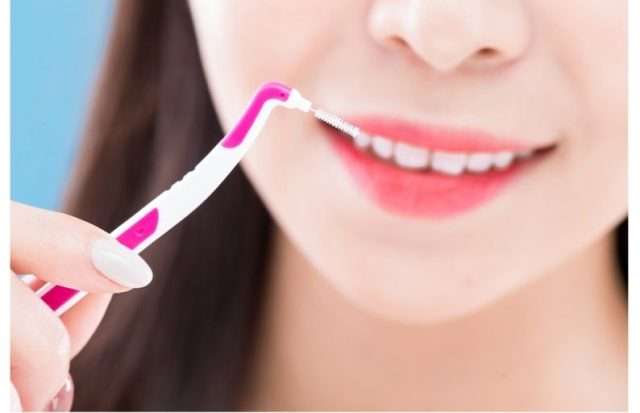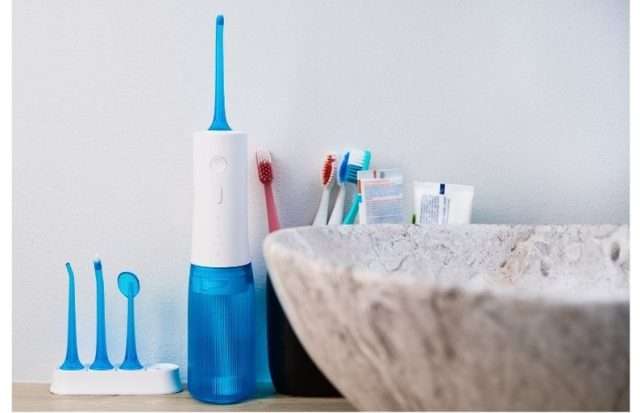Flossing vs. Water Flossing: A Comprehensive Guide to Interdental Cleaning
Comparing traditional flossing and water flossing to determine the best method for optimal oral health.
Understanding the Importance of Interdental Cleaning
Maintaining good oral hygiene is crucial for overall health, and cleaning between teeth is vital to that routine. While brushing removes plaque and food particles from the surfaces of your teeth, it can’t reach the tight spaces in between. Studies show that even the most thorough brushing cannot eliminate plaque from interdental areas. If left undisturbed, plaque buildup can lead to:
- Cavities – Bacteria in plaque produce acids that erode tooth enamel.
- Gum disease – Plaque along the gumline can cause inflammation and infection.
- Bad breath – Food particles and bacteria trapped between teeth contribute to unpleasant breath.
By incorporating interdental cleaning into your daily routine, you can significantly lower your risk of these issues and improve your overall oral health.

Traditional Flossing: The Tried and True Method
- Traditional flossing involves using a thin thread, typically made of nylon or Teflon, to clean between your teeth. The American Dental Association (ADA) recommends flossing once a day to remove plaque and food particles. Here’s a step-by-step guide to effective flossing:
- Break off about 18 inches of floss and wrap most of it around one of your middle fingers, leaving the rest around the opposite hand.
- Hold the floss tightly between your thumbs and forefingers and gently guide it between your teeth using a rubbing motion.
- Curve the floss into a C-shape against one tooth and gently slide it under the gumline.
- Hold the floss against the tooth and use an up-and-down motion to remove plaque.
- Repeat for all teeth, including the back side of the last molars. Pros:
- Effectively removes plaque and food particles.
- Can reach tight spaces between teeth.
- Economical and portable.
Cons:
- May be difficult for people with limited dexterity or braces.
- Can cause gum irritation if not used correctly.
- Requires time and effort for proper use.
Water Flossing: A Modern Approach to Interdental Cleaning
- Water flossers, or oral irrigators, use a stream of pulsating water to clean between teeth and along the gumline. Originally introduced in 1962, water flossers have evolved to become a convenient alternative to traditional flossing. They help flush out food particles and bacteria while also massaging the gums.Types of Water Flossers:
- Countertop water flossers – Powerful and feature-rich, ideal for home use.
- Cordless water flossers – Portable and battery-operated, suitable for travel.
- Shower water flossers – Attach to the showerhead for convenience.
How to Use a Water Flosser:
- Fill the reservoir with lukewarm water.
- Select the appropriate tip and attach it to the device.
- Adjust the pressure setting to a comfortable level.
- Lean over the sink and place the tip in your mouth, closing your lips slightly to prevent splashing.
- Direct the water stream between your teeth and along the gumline.
- Empty the reservoir after use to prevent bacterial growth.
Pros:
- Clinically proven to reduce plaque and gingivitis.
- Easier to use for people with braces, implants, or dexterity issues.
- Provides a gentle massage effect to improve gum health.
Cons:
- More expensive than traditional floss.
- Requires electricity or batteries.
- May not be as portable as string floss.
Flossing vs. Water Flossing: Which is Right for You?
Both flossing and water flossing are effective for interdental cleaning. The best choice depends on individual factors:
- Personal preference: Choose the method you will use consistently.
- Effectiveness: Traditional floss may be better at removing plaque, while water flossers may reach deeper areas.
- Cost: Water flossers are more expensive but may offer greater convenience.
- Dental needs: Water flossers are beneficial for those with braces, implants, or gum disease.
- Dentist recommendation: Consult your dentist for personalized advice.
Can Water Flossing Replace Traditional Flossing? While water flossers are a great addition to your oral hygiene routine, they do not completely replace traditional flossing. Many dentists recommend using both methods together for optimal cleaning. Using traditional floss first to loosen plaque followed by a water flosser to wash it away can provide the most thorough cleaning.

Flossing and Water Flossing for Specific Situations
- Braces: Water flossers can easily clean around brackets and wires, making them a better option for orthodontic patients.
- Implants: Water flossers gently clean around dental implants without leaving behind floss remnants.
- Gum Disease: Water flossers help flush out bacteria from periodontal pockets, improving gum health.
- Children: Flossing should start when a child has two touching teeth. Water flossers can be an easier option for children who struggle with string floss.
Whether you choose traditional flossing, water flossing, or a combination of both, the key to optimal oral health is making interdental cleaning a daily habit. Regular flossing can prevent cavities, gum disease, and bad breath. Consult your dentist to determine the best method for your specific needs and maintain a healthy, beautiful smile.
References
- American Dental Association – Flossing
- UnitedHealthcare – Flossing Tips
- WebMD – Water Flossing vs. Traditional Flossing
- Oral-B – Water Flossers vs. String Floss


